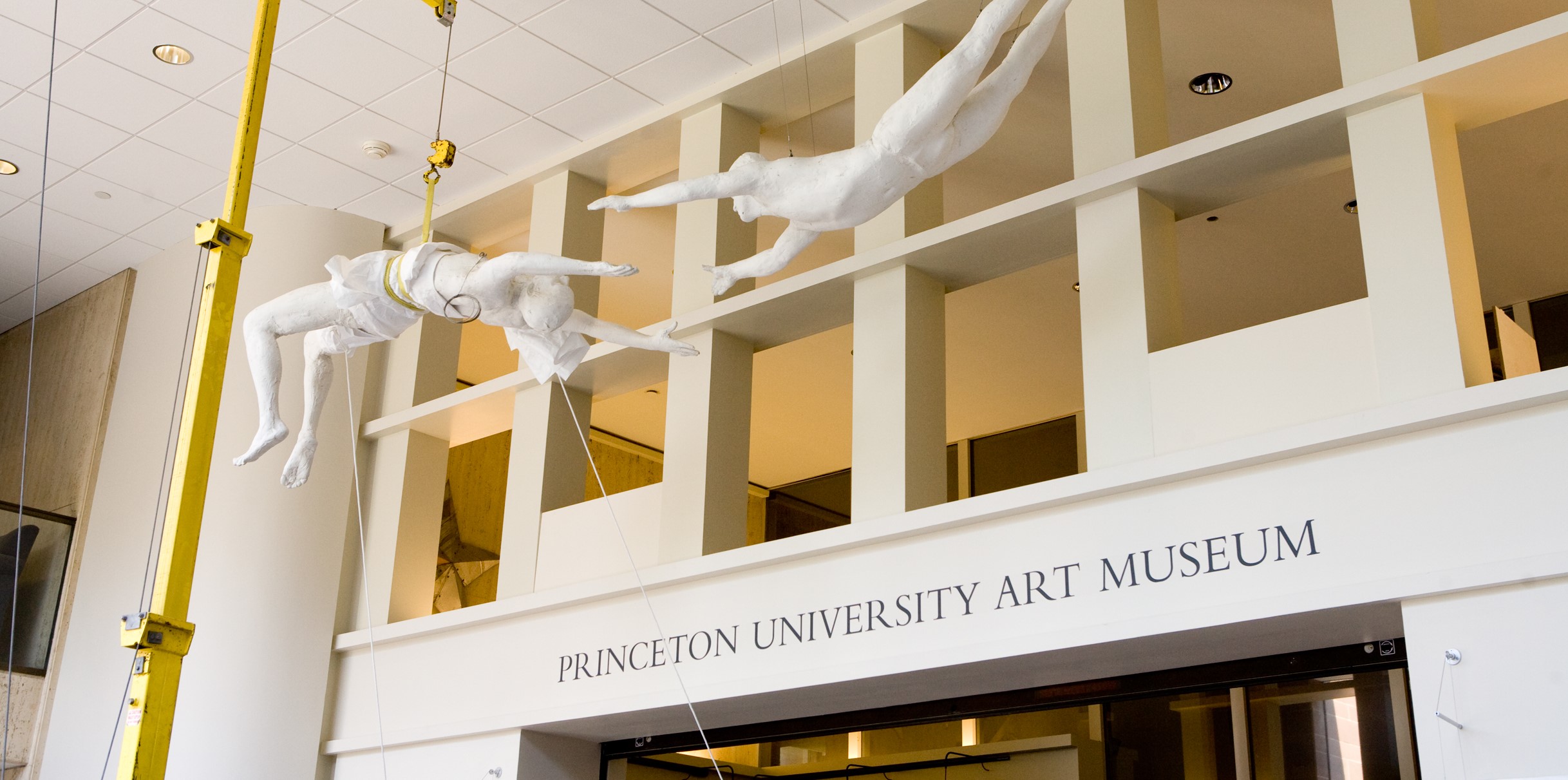Feb 24 2018 - May 13 2018
Princeton University Art Museum
Princeton, NJ
Paul Cézanne (1839-1906) is widely acknowledged to have transformed landscape painting, most radically in his late watercolors, which do not so much attempt to copy the actual appearance of a scene as to translate it into self-sufficient sequences of patches and lines of a restricted range of vivid colors.
This installation of some twenty works, drawn entirely from the Museum’s collections, juxtaposes such watercolors by Cézanne with landscapes drawn, printed, or painted on paper by earlier artists. It reveals the extent to which Cézanne made use of standard types of landscape depictions—close-up views, woodland panoramas, rocky landscapes, wide vistas, landscapes with built structures in them—that had been in use for many centuries, but also suggests that Cézanne goes a step further, explicitly acknowledging that what is real in art is different and independent from the actuality of nature.
Credit: Exhibition overview from museum website.
Read our blog article about the Princeton University Art Museum.
IMAGE: Paul Cézanne, French, 1839–1906, Mont Sainte-Victoire, ca. 1904–06. Oil on canvas. The Henry and Rose Pearlman Foundation on long term loan to the Princeton University Art Museum. Photo Bruce M. White.
Exhibition Venues & Dates
Feb 24 2018 - May 13 2018
Princeton University Art Museum
Princeton, NJ

